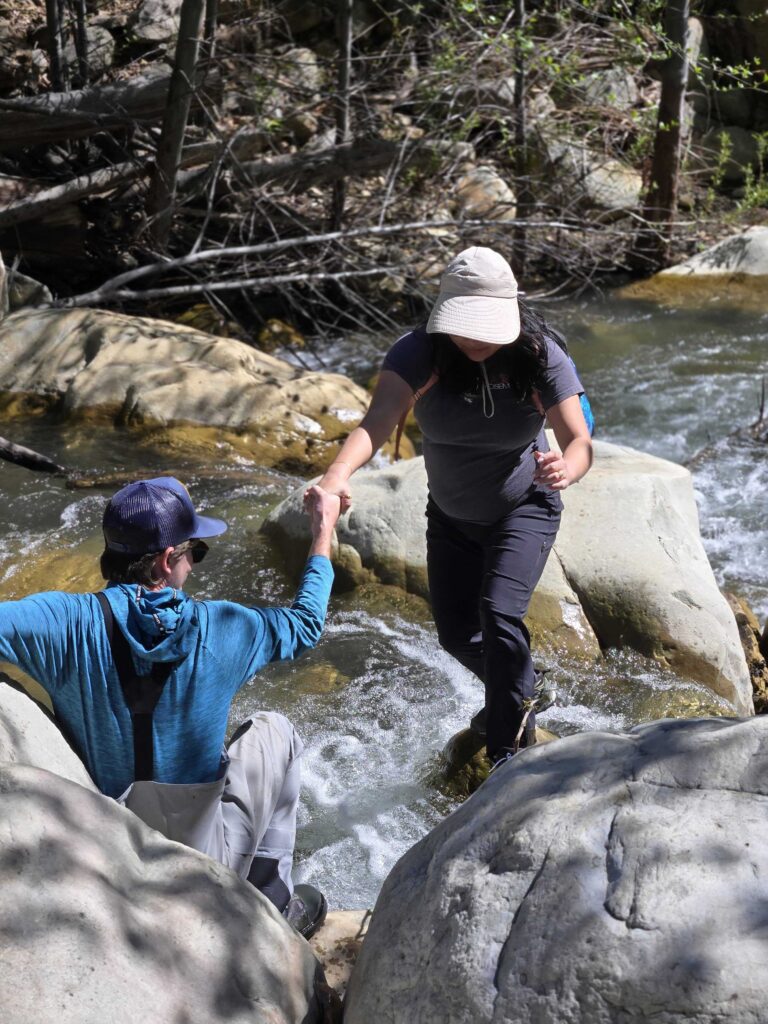On March 14th, ForestWatch took our southern elected official offices on a hike to discuss fire ecology. The hike through Sisar Canyon provided a unique opportunity for staffers from Representative Carbajal’s, Senator Limon’s, and Assemblymember Bennett’s office to learn more about the complexity of fire ecology in the Los Padres National Forest. The area’s native shrubland ecosystems, including chaparral and coastal sage scrub, have coevolved with fire over millions of years. These plants have developed unique adaptations to survive and thrive within the natural fire regime that has shaped the landscape.

Sisar Canyon was selected for its proximity to the start of the Thomas Fire, offering a tangible example of the historical fire patterns in the region. Historically, wildfires occurred every 30 to 150 years, driven by natural ignition sources such as lightning. However, with EuroAmerican settlement, the frequency of fires has increased due to human-caused ignitions, invasive species encroachment, and climate change.

educating staffers on ecology found near the trail.
The loss of native shrubs due to these factors can lead to the dominance of highly flammable invasive grasses and weeds, resulting in type conversion within the ecosystem. These invasive species dry out earlier in the year, are more easily ignited, and spread wildfires more rapidly, particularly under non-extreme wind conditions. Once established, they are extremely difficult to eradicate, further altering the already fragile ecological balance of the landscape.

By engaging elected officials in firsthand experiences like hikes through sensitive ecosystems, ForestWatch aims to inform and educate policymakers. It is crucial for representatives to understand the ecological significance of these areas, the impact they have on surrounding communities, and the potential consequences of legislative actions. The planned series of hikes includes areas like Pine Mountain where Forest Service projects are underway, will continue to provide valuable insights for policymakers and foster informed decision-making regarding land management and conservation efforts. We are grateful to have engaged elected officials who are jumping at the opportunity to get their feet wet and learn more about the forest.







Comments are closed.